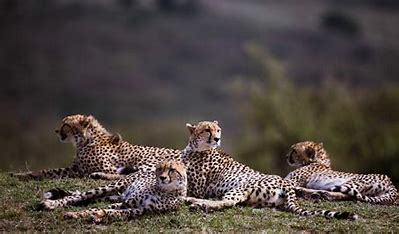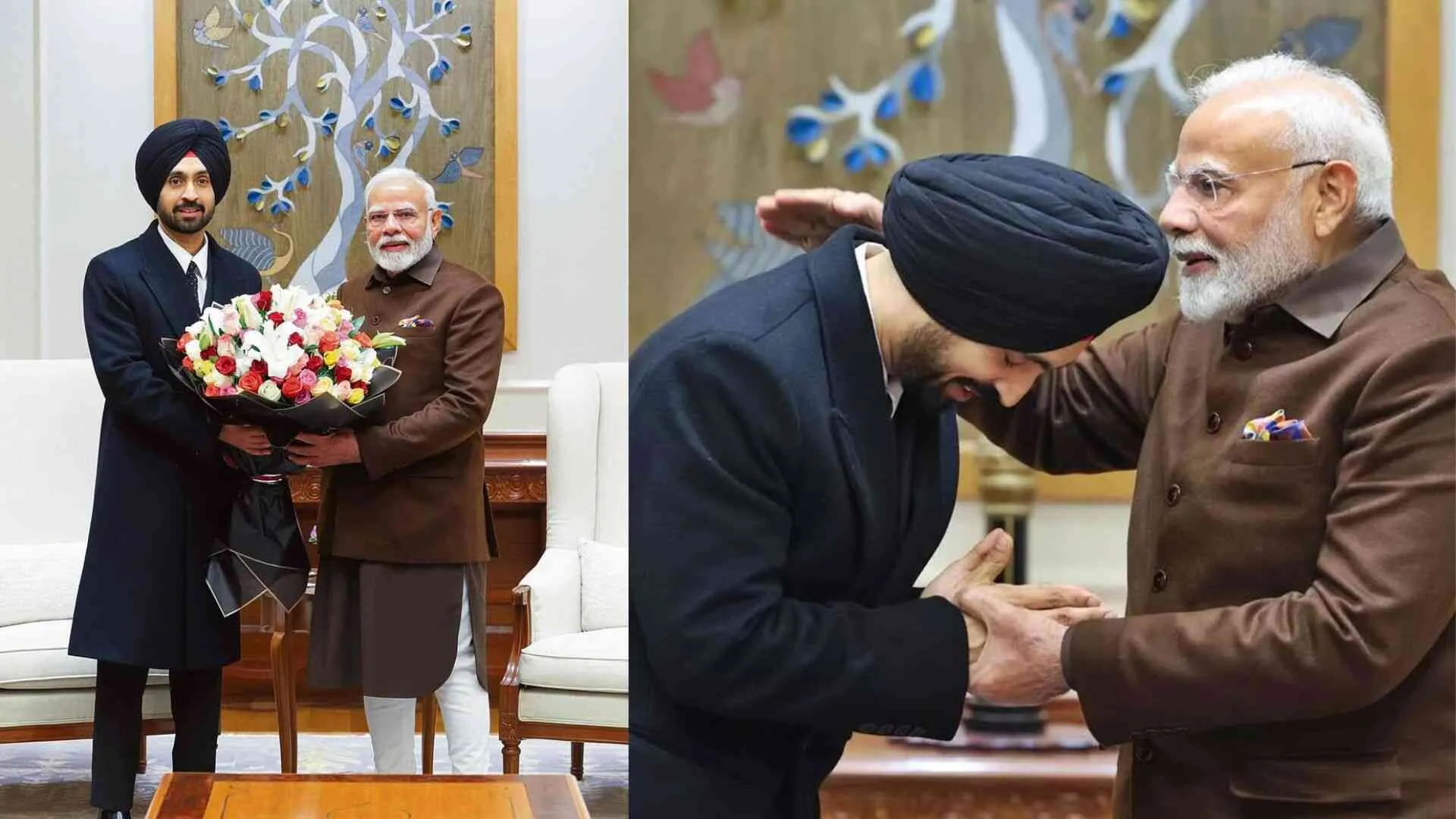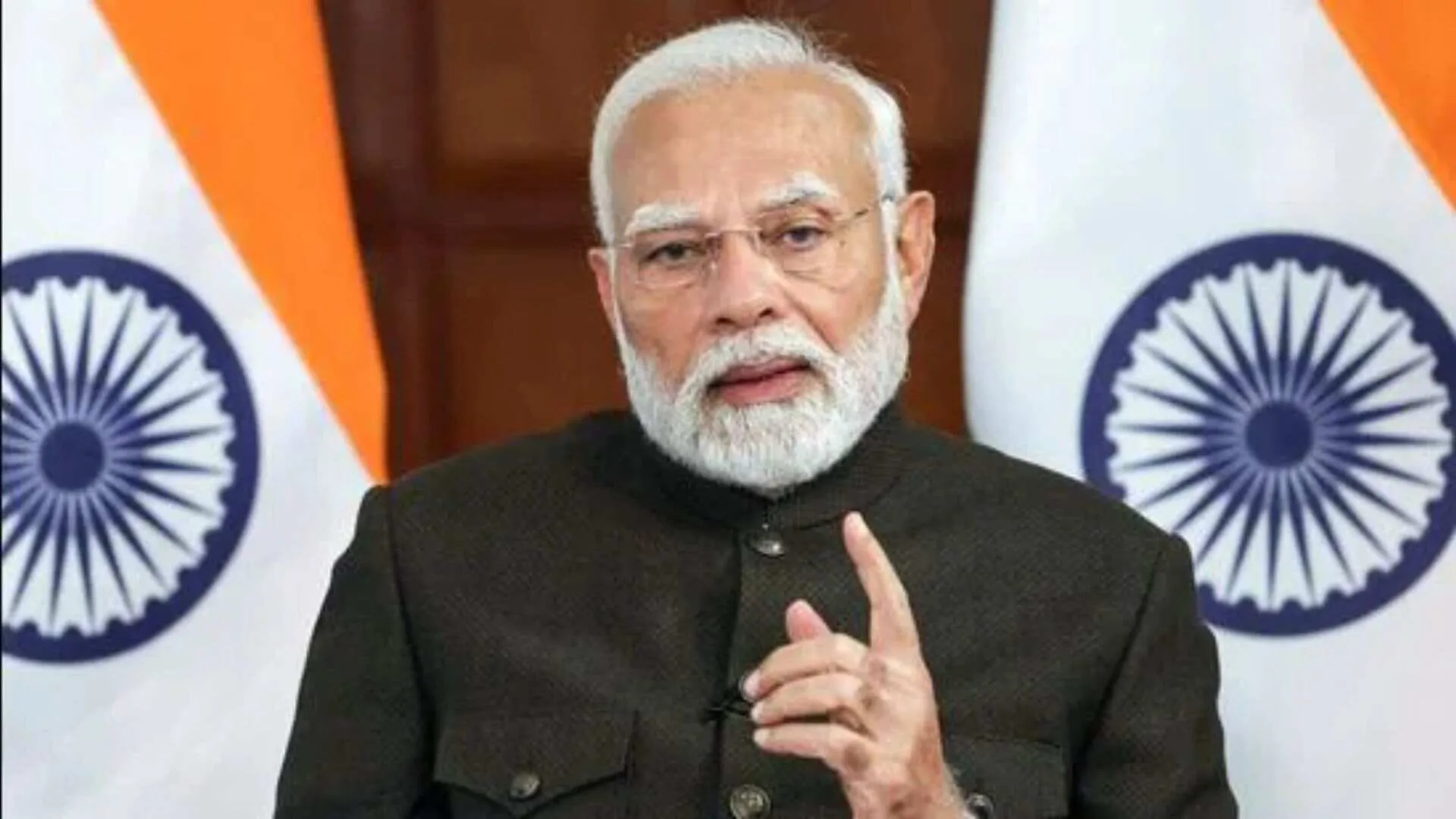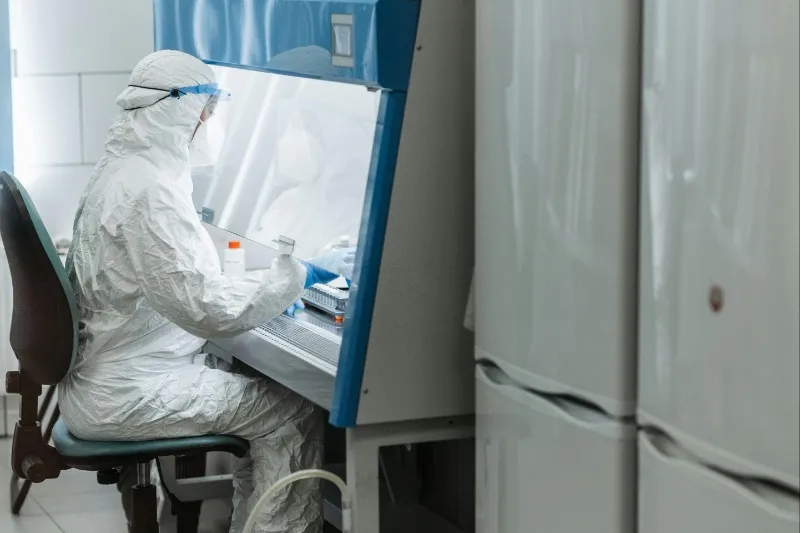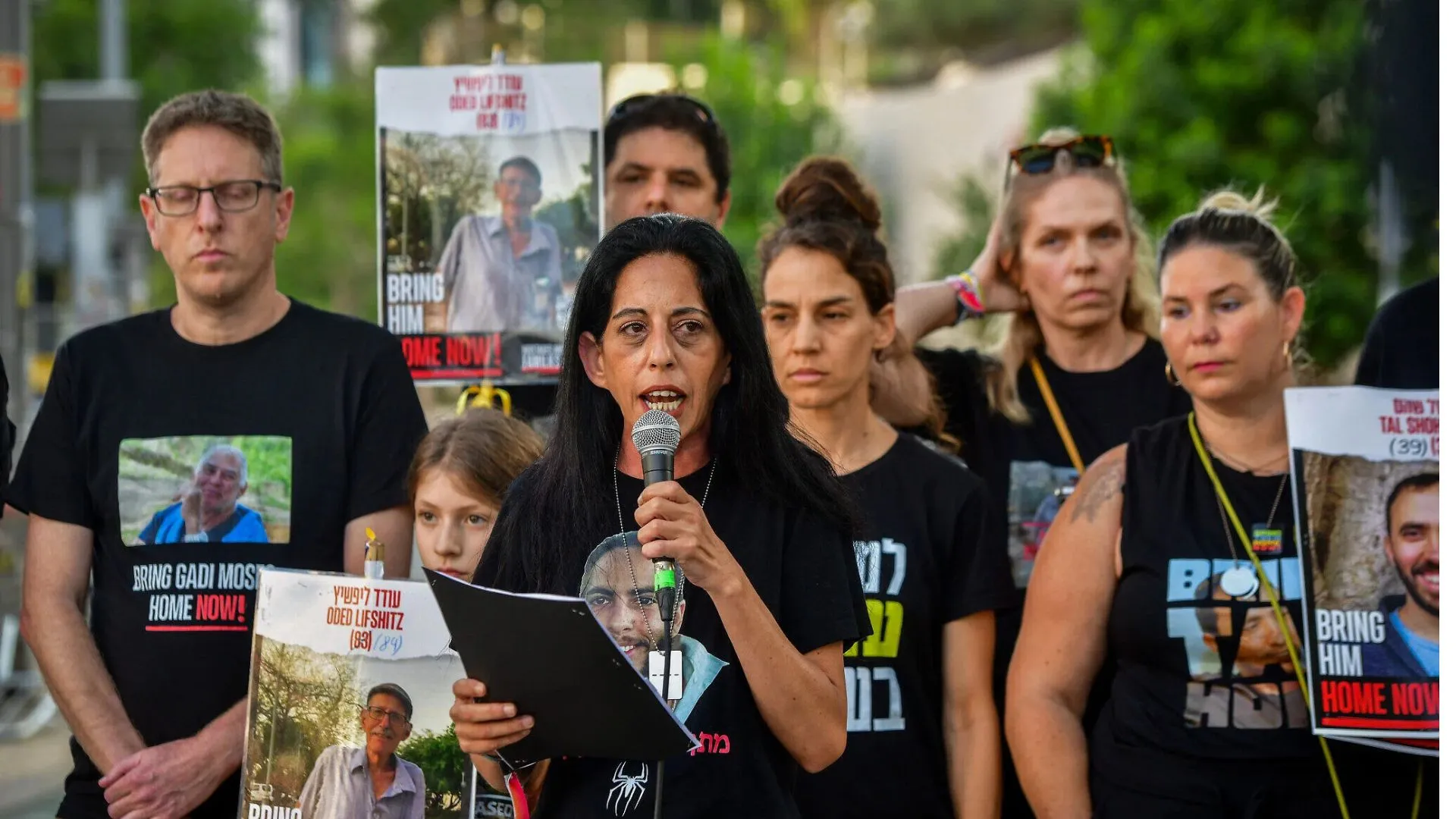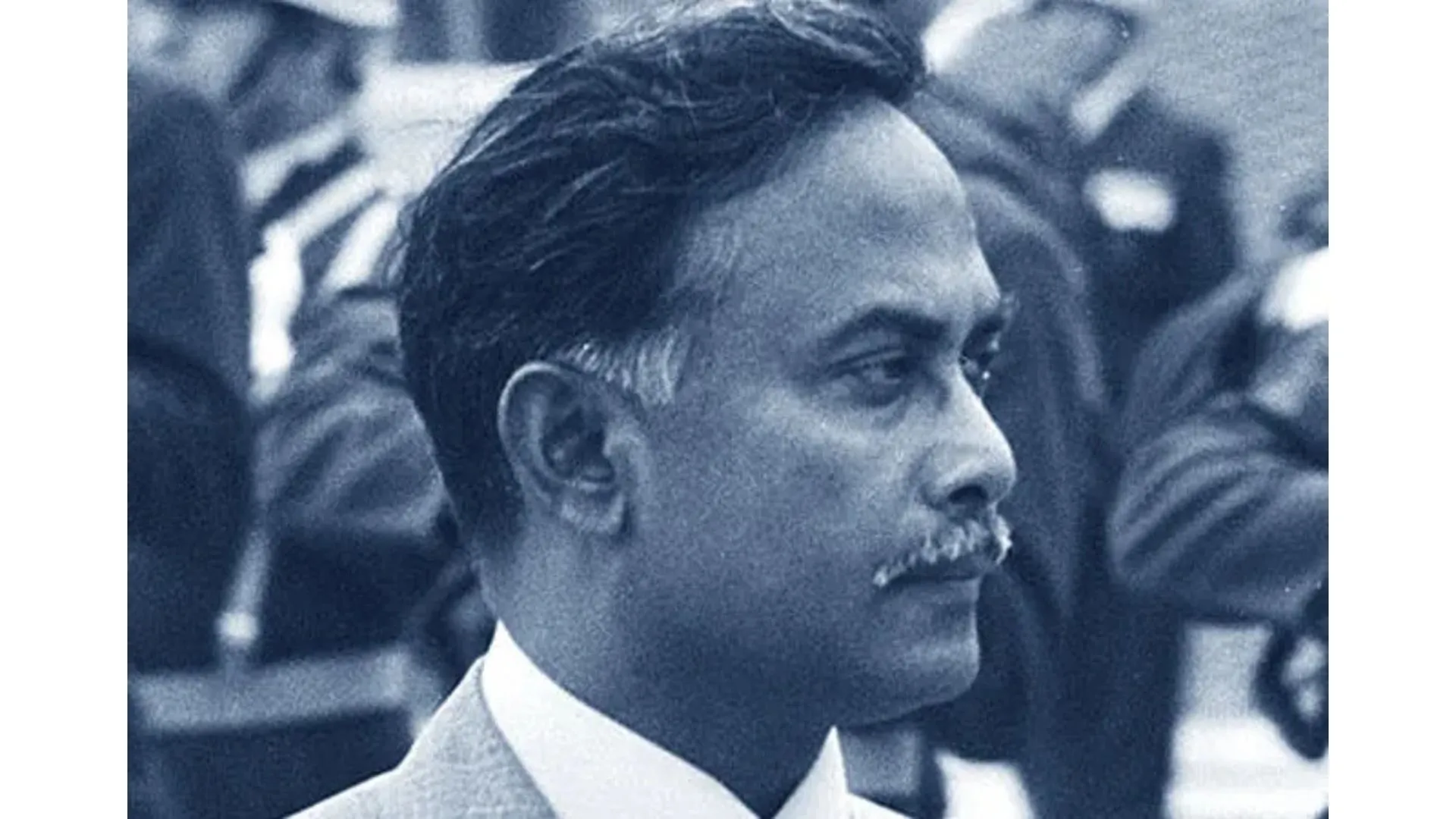The delay in releasing cheetahs, brought to India from Africa in 2022, is causing growing concern among wildlife experts. These majestic animals, currently housed in Madhya Pradesh’s Kuno National Park, were re-captured after three of them died unexpectedly from a mysterious infection during the 2023 monsoon season.
Cheetahs in Captivity
Since July 2023, the cheetahs have been kept in large enclosures as a precautionary measure to ensure their survival. This move contradicts the Cheetah Action Plan, which aimed to establish a self-sustaining cheetah population that reproduces in the wild. Despite the size of these fenced, ‘predator-proof’ enclosures, they are not adequate for an animal known for its incredible speed, which can reach over 110 km/h in mere seconds.
So far, the cheetahs have spent more time in captivity than in the wild since their translocation.
Broken Promises and Delayed Plans
Senior wildlife biologist Ravi Chellam expressed his concerns, saying, “Promises, assurances, and more announcements. In August 2023, we were told that the cheetahs would be released by October-November 2023. Some were released in December 2023, but most were re-captured within days or weeks. Now, we are told that they will be released after the monsoon ends. However, based on global experience, releasing cheetahs after such a long period of captivity, especially captive-born cubs, is not advisable.”
Is It Conservation or Captivity?
The government’s Cheetah Steering Committee assures that the felines have been hunting on their own, although their prey population has been supplemented by forest staff. The cheetahs are protected from leopards, which are their main predators in the wild. However, over the past year, these cheetahs have also been captive-bred, resulting in 12 cubs that have yet to develop their hunting skills.
Dr. M.K. Ranjitsinh, a veteran wildlife conservationist involved in the cheetah reintroduction, questioned the purpose of this project, asking, “Have we brought these cheetahs to keep them captive? Is that the goal of the re-introduction exercise?” Many wildlife experts have expressed their disappointment, comparing the cheetahs’ current conditions to that of a zoo rather than a conservation effort.
A Bold Experiment Under Scrutiny
The longer these animals remain in captivity, the more likely they are to become debilitated. The forest department has been overly cautious after seven of the 20 cheetahs died within the first year. A senior wildlife scientist pointed out, “It was unnecessary to keep them confined for so long. The mortality was expected, but we had to be bold.”
The World Watches
As the world’s largest wildlife experiment continues, the impending release of these cheetahs is causing anxiety among experts. Studies from Africa indicate that releasing captive-bred or raised large carnivores is challenging, as these animals often struggle to survive in the wild due to a lack of natural behaviors.
Rajesh Gopal, chairman of the Cheetah Project Steering Committee, assured that the cheetahs would be released once the monsoon ends. “They are fully vaccinated and will be radio-collared before release,” he said. However, the final timeline for their release is still under discussion, with female cheetahs and their cubs remaining in captivity due to the cubs’ young age.
Uncertain Future
Initially pitched as a symbol of wildlife conservation in India and a means to improve livelihood opportunities for local communities in Kuno, the fate of these ‘imported’ cheetahs remains uncertain. Two years have passed, and it seems that we are still unclear about the future of this ambitious reintroduction project.

